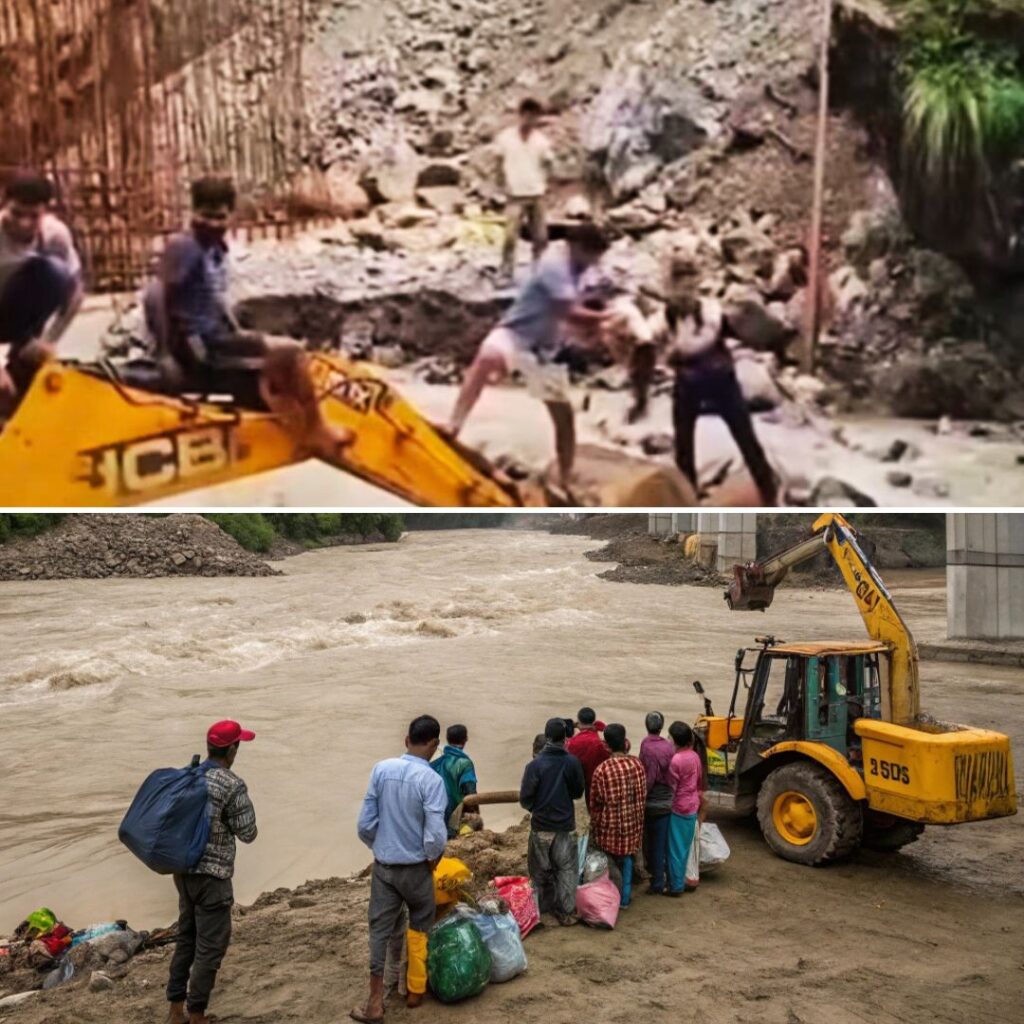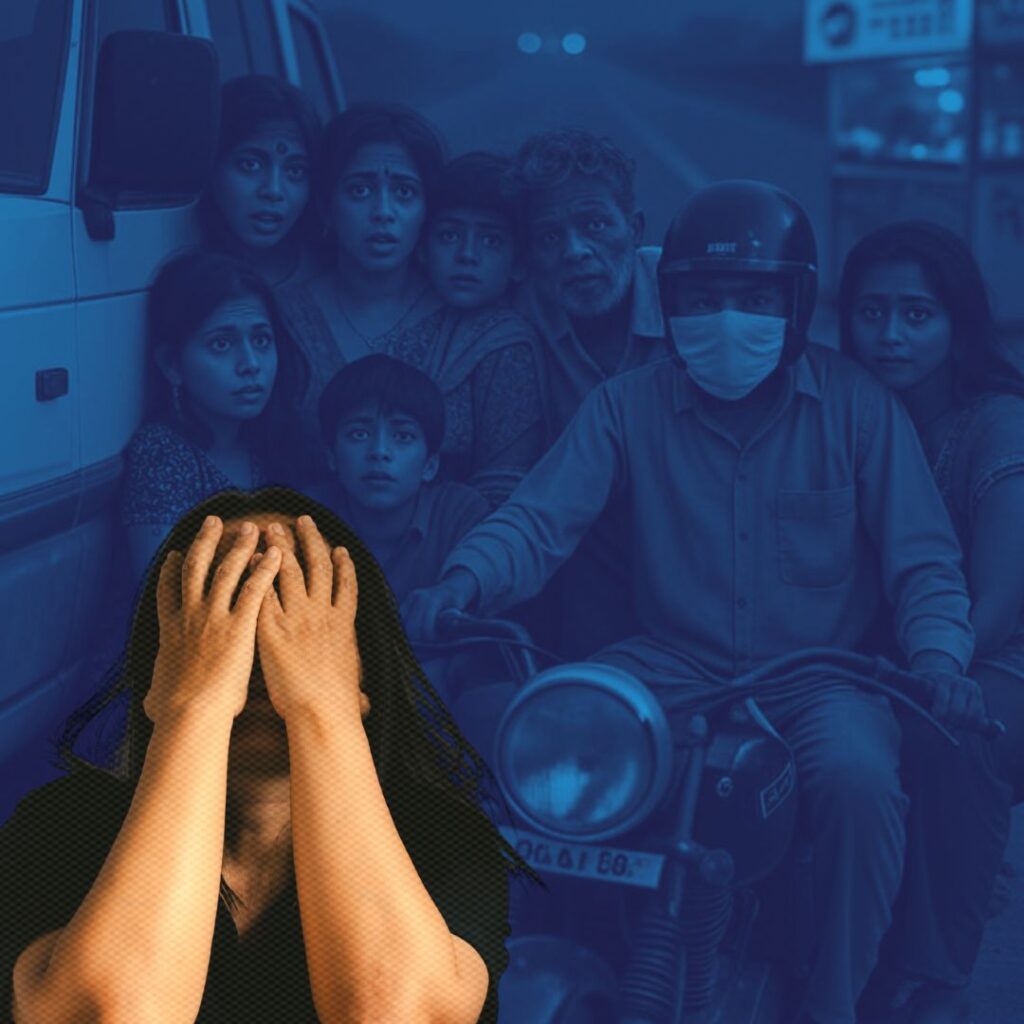Highest Number Of Child Deaths In India- Study
According to the Global Burden of Disease 2015 study published in The Lancet, detailing key drivers of illness, disability and death in countries which clearly shows that between 1990 and 2015, deaths of children under five have gone down by half worldwide, but India has had the highest number of such deaths at 1.3 million in 2015. Statistically, the number of under-5 deaths has gone down from 12.1 million in 1990 to 5.8 million in 2015. India at 1.3 million was followed by Nigeria with 726,600 and Pakistan with 341,700. Over 30 per cent of these under-5 deaths took place in South Asia.
Neonatal mortality (death in the first month of life) has fallen slower than child mortality, from 4.6 million in 1990 to 2.6 million in 2015 globally. The decrease is 42% compared with 52% of under-5 deaths. Kevin Watkins of Save the Children wrote in an editorial comment in The Lancet that under-5 mortality fell at an average annual rate of 3% between 1990 and 2015 – compared with 4.4% rates required to achieve the Millennium Development Goal (MDG) target. Had the target been met another 14 million children would have survived.
The report further shows the leading causes of deaths in children younger than five years worldwide are:
Pre-term birth complications – Preterm birth, also known as premature birth, is the birth of a baby at less than 37 weeks gestational age. Asphyxia – The condition of severely deficient supply of oxygen to the body that arises from abnormal breathing.
The causes include environment where oxygen is not readily accessible such as
Underwater In A Low Oxygen Atmosphere A vacuum
And environments where sufficiently oxygenated air is present, but cannot be adequately breathed because of air contamination such as excessive smoke. Choking is an another example. Lower respiratory infections are the third leading cause of child deaths overall. These infections account for around 16 percent of mortality, with diarrhoeal diseases (the fourth leading cause of death in 2015) accounting for another 9%. A Global trend suggests that noncommunicable diseases will pose a major challenge of longer survival accompanied by an expansion of morbidity that health systems have to deal with. Deaths due to natural disasters between 2004 and 2010, 74 700 people died in earthquakes in India and Pakistan. In 2015, natural disasters caused 11,800 deaths, mainly in the Nepal earthquake and floods in India.











